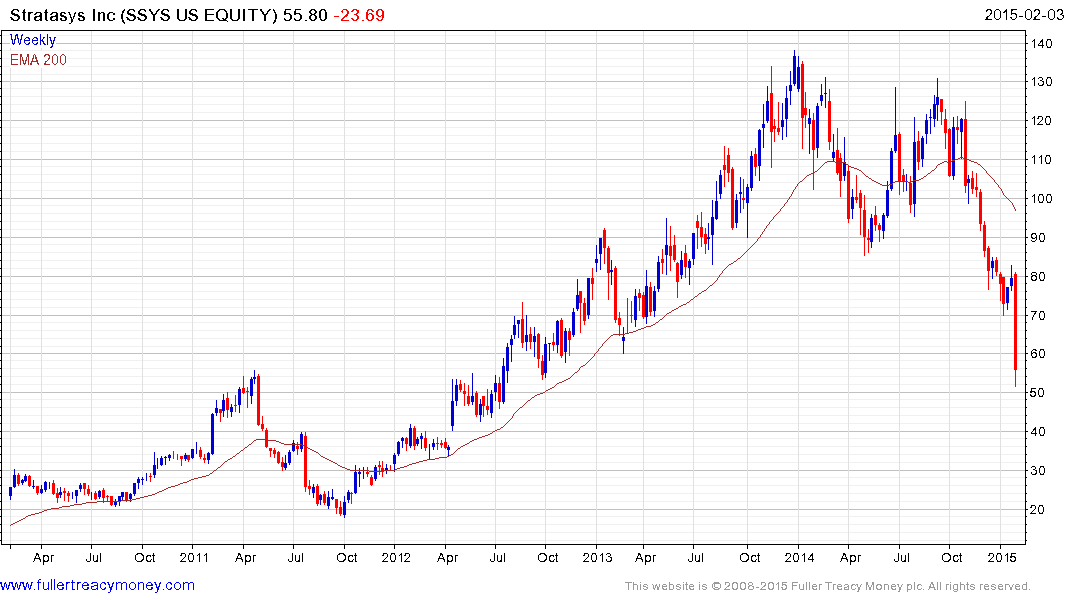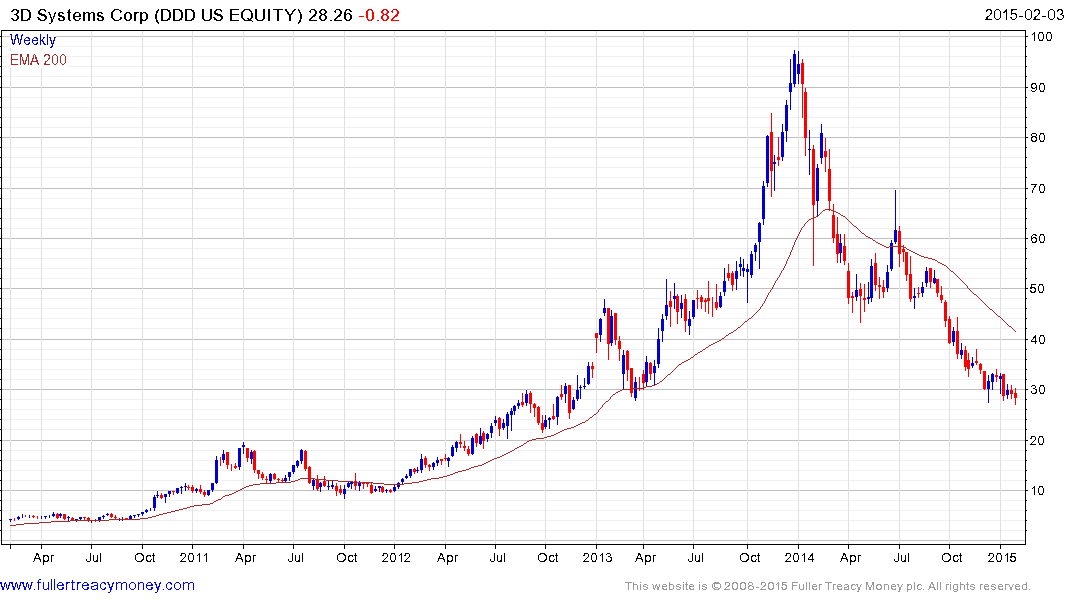MakerBot 3D printer used to create tracheal cartilage
This article by Chris Wood for Gizmag may be of interest to subscribers. Here is a section:
Printing a 2-inch (5 cm) long section of windpipe takes less than two hours, after which it needs to be placed in a bioreactor, which acts like a rotisserie – keeping the cells at optimum temperature while allowing them to grow evenly.
?In order to avoid the high cost of purchasing a new bioreactor (between US$50,000 and $150,000), Goldstein once again resorted to 3D printing, using the MakerBot printer to make gears and other parts, converting an incubator to suit the needs of the project.
The results of the research are promising, with Goldstein stating that, "The cells survived the 3D printing process, were able to continue dividing, and produced the extracellular matrix expected of tracheal chrondrocytes."
While further study is required before the research can be put into practice, it has the potential to change the face of tracheal surgery. The impact will be particularly significant for pediatric applications, as the graft’s biological nature allows the patient to grow, removing existing limitation in regard to the physical length of reconstruction. Additionally, the method can also be used to create a branching bioprosthesis, making it viable for surgery on the tracheal carina and bronchi.
The 3-D printing industry is a prime example of how technological innovation is accelerating at a prodigious rate and yet investors need to be cautious about how they participate.
The Makerbot machine used in the above experiment costs $2000. When I first started writing about 3-D printers nearly five years ago the cost of a similar sized machine was closer to $100000 and it would not have had the same ability to customise the output. The speed with which this sector has grown is mind boggling. The results of rapid prototyping, such as that detailed above, have the capacity to improve services offered by the medical sector in particular beyond recognition.

Nevertheless, as innovation has accelerated the 3-D printer manufacturing sector has gone through a rapid process of consolidation. Companies like 3D Systems and Stratasys have acquired so many companies and individual pieces of technology that they are experiencing indigestion as they attempt to consolidate their businesses and pick the best. Stratasys has been trending lower since October and accelerated today following a disappointing earnings announcement. The share is down more than 60% from its early 2014 peak and is approximately 40% overextended relative to the trend mean. The company faces some serious challenges in forming a cohesive business plan but this action is looking climactic for at least the short term.

3D Systems will report towards the end of the month but remains in a consistent medium-term downtrend and hit a new reaction low today.
Back to top


